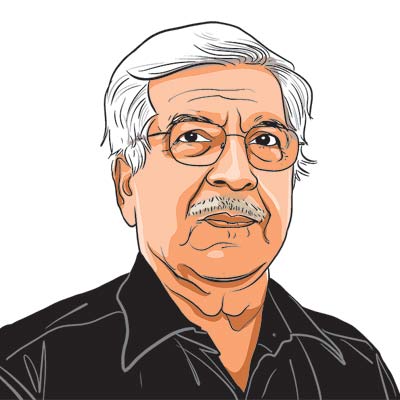Opinion The green signal
There is a huge increase in agricultural production. Now lets raise the bar.
The increase in agricultural production shown by the Third Advance Estimates 235.88 million tonnes of foodgrains during 2010-11 compared with 218.11 million tonnes in the previous year is impressive by any standards. Weather plays a role in short-term agricultural growth in India and assessments are treacherous,but this time,whichever way you look at it,it is all green. Agricultural growth of 5.4 per cent comes after a low base. The average of the past three years is less than 2 per cent,which means that at the outside 0.5 per cent of GDP is weather-related but that does not take away the sheen.
What is more interesting is the pattern of growth,which has been established in the past few years. The structure is that of low growth of cereals and more of oilseeds and cotton and that remains intact. This time the welcome part is the production of pulses.
There is more good news,and in a very significant way: we are right at the top. But we need to run fast to keep it up. Lets see why.
If we look at rice production,comparing this years third advance estimates with the last,there is growth. It is largely in yield. There is a a welcome increase in Assam and Chhattisgarh,with scattered evidence of hybrids picking up. Growth is also there in states like Andhra Pradesh,Karnataka and Gujarat. Much to the embarrassment of international think-tanks,which say Gujarat is specialising in commercial crops,the state is growing more rice and wheat and the share of area in grain crops is up again. Flush with Narmada waters,some directly and some through tanks since the lower-level canal system is yet to come in a big way,the area under cultivation has gone up to 0.76 million hectares and the price of paddy in the mandis is nearly the lowest in India. Ditto for wheat and,of course,Bt cotton,where technology is still a forward force.
The great story is pulses. The portal of the ministry of agriculture tells it with some pride. Their strategy was to bring in new areas and to concentrate on the seeds they had. The agricultural universities in Maharashtra and Madhya Pradesh,for example,had achieved in districts yield almost 40 per cent higher than the average and they went for that. The International Crops Research Institute for the Semi-Arid Tropics and the ICARs Indian Institute of Pulses Research,Kanpur,were there. Good prices helped and retiring CACP chairman Mahendra Devs parting gift in high MSPs gave the right signals. Some private players also entered the market with packets for farmers in select areas. Area under tur and gram cultivation went up by almost a million hectares each,to be precise nine lakh hectares. Urad was also on a high with a four-lakh-hectare increase. Output went up by almost a fifth,and without it for the same supplies we would have had to double imports.
The other happy news for me is soya,not just because I stay away from bad cholesterol. Here the production went up by 20 per cent and minister Jairam Ramesh may please note that hybrids and also GM varieties rule the roost. A few decades ago,soya was a hey-you crop in India. It was largely a planning-inspired push and Madhya Pradeshs kharif fallows were used for it. But in the Eighties agriculture scientist R.S. Paroda pushed new technology there. It is now a new ball game and soya a star performer. Another oilseed which the Eighties gave a technology push to was castor which has again done well,with a 30 per cent increase.
Twenty-thirty per cent growth rates in oilseeds and pulses! Does it mean that we have crossed the hump? No. We should be happy but not laid-back. The kisan has done it again. When the planner and the policymaker have a clear vision,when Krishi Bhavan has a go-getting crowd,we know India does well in agriculture. It happened in the mid-Seventies and in the latter half of the Eighties. This time the problems are more complex,because the demand is larger and more diverse and the resource base is shrinking in terms of land and water.
The EGoM on food security is meeting on April 25 and I hope it will take a good decision. It is terribly important that we succeed in abolishing hunger. We will need more grains from less land. Seven per cent per capita growth will mean we need more of everything in agriculture. It is good to succeed but the bars will be raised and in pulses,oilseeds and grains,global yields will be the next in sight.
The writer,a former Union minister,is chairman,Institute of Rural Management,Anand. express@expresssindia.com




